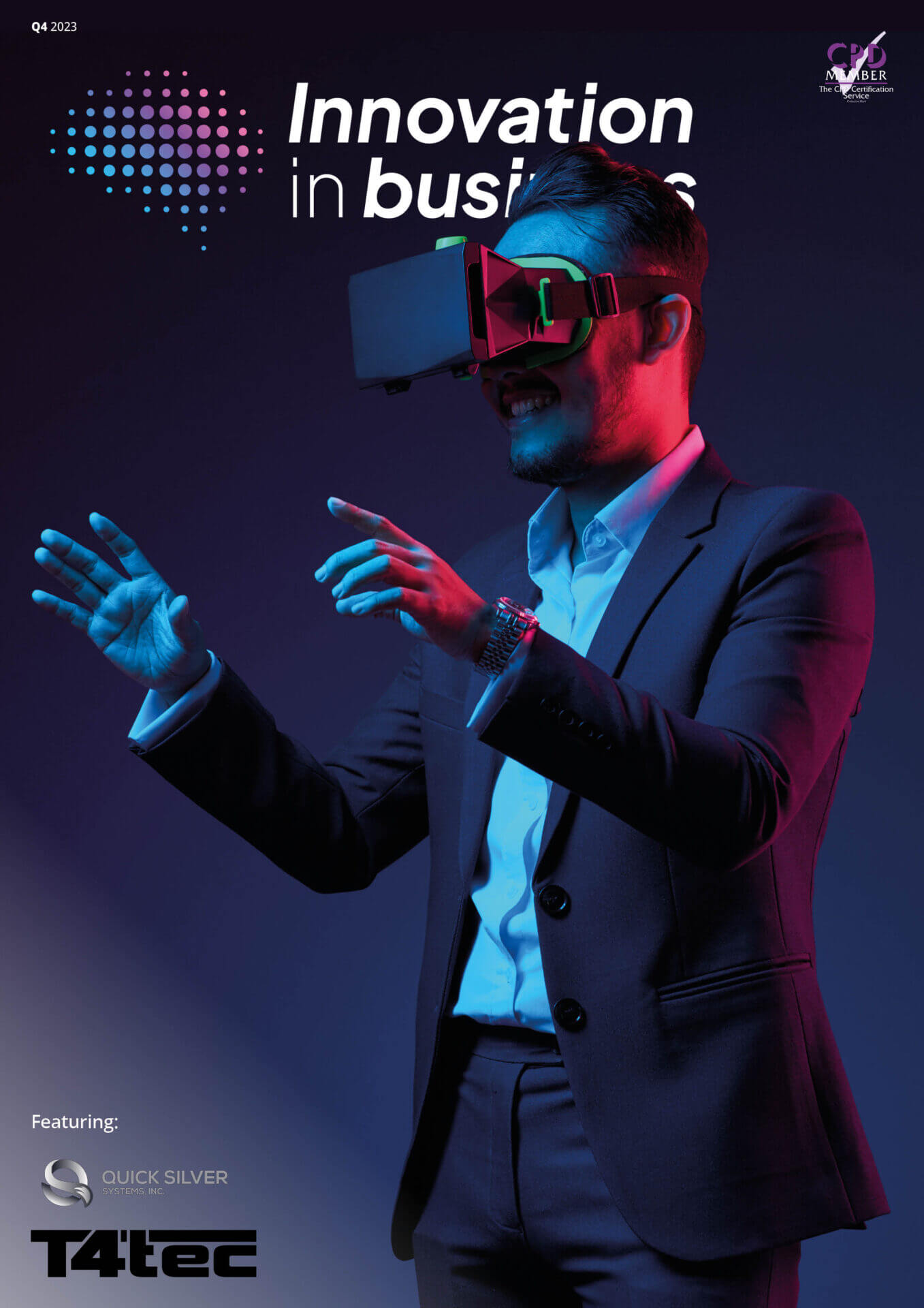
1 in 3 Gen Z Feel Negatively About Virtual Influencers… Here’s How Brands Should use AI
22 July 2024

From the rise of blogs and YouTube channels in the mid-late 00’s to an industry valued at $21 billion in 2023, influencer marketing continues to grow and evolve. Whether it’s because our online behaviours are ever changing or to utilise new technology, there’s always new trends and insights for brands to tap into.
One recent area we’ve seen this happen is with the advancement of AI, which has led to brands and creators working with virtual influencer. More recently, online publication SheerLuxe has even appointed an AI fashion editor. But what do virtual influencers mean for the future of personal connections and authenticity online? And are virtual personalities really who consumers want to see brands working with?
Ruby Soave, Head of Influencer Marketing and Daniel Eder, Head of Content and Customer Experience at Pion, leading youth marketing insight experts, share their thoughts and tips for brands who want to utilise AI to enhance their consumer experience but don’t know where to start.
‘Digitally native’ doesn’t mean ‘digitally willing’
Ruby explains: “Data from our latest Youth Trends Report shows that 1 in 3 Gen Zers feel negatively about virtual influencers, despite many admitting to valuing AI in other areas of their lives.
“When asked more about this, one respondent shared they find AI influencers ‘creepy’, noting it’s bizarre for brands to ‘pay for something without a consciousness to promote something when it can’t even form its own opinion’².
“This further supports our findings that one in four (26%) Gen Z believe AI is a threat to human connections. We know this is a huge concern for the generation, who are spending 1,000 fewer hours on their in-person connections compared to previous generations and admitting they’d like to disconnect from social media more³.
“Brands need to be really cautious of making assumptions about consumers based on their familiarity with technology. Instead, it’s important to utilise qualitative and quantitative insights to inform your marketing strategy.”
Authenticity is king
Ruby explains: “Despite being ‘always-on’ (Gen Z spend approximately 106 full days on their phone each year), young people are tired when it comes to the digital world.
“Why is this? Our research indicates that younger consumers are frustrated by a lack of authenticity and fun online. Which is why we’re seeing trends like dumb phones (phones with no access to the internet) and digital cameras making a comeback.
“Don’t be fooled into thinking this is just a Gen Z thing either. One in nine (90%) of all consumers say they’re looking for authenticity⁴ and fun⁵ from brands online, highlighting that information fatigue is feeling very real for many.
Big tech’s push might not pay off
April saw significant A.I reveals across Big Tech. Meta is currently testing a “Creator A.I” programme. Which involves recruiting popular Instagram influencers, who will connect with their communities via a chatbot that mimics their voice. The messages will disclose that they are A.I-generated, but it remains to be seen how an earned community will respond to a message that has been generated on behalf of a human creator they follow and value.
Ruby says: “Ultimately, Meta’s move undermines the value exchange that the creator economy was built on: relationships. The connections between creators and their communities is the underpinning of – and paramount to – a creator’s success. I predict “Creator A.I” may threaten hard-earned communities for those who choose to participate.”
Not one to miss a beat, TikTok is reportedly developing AI creators for advertisements across the platform and TikTok Shop. It’s thought that the avatars will respond to scripts and prompts from brands, which will give brands more control, but raises concern for Ruby.
“I’m surprised that the scripted aspect is being built into this product. Scripted, brand-controlled content is the antithesis of what Gen Z wants to see. These are digital natives, who can spot an ad a mile away.
“It is widely-known across the industry that this approach affects content and risks performance. I can’t see how this feature will work in the long-term. We consistently see the best results from influencers who are relatable and personal – principles that are hard to translate via A.I. TikTok is effectively setting up a competitive ad space whereby real-life creators – and ultimately brands – may end up losing out.”
Daniel Eder, Head of Content and Customer Experience at Pion, shares how brands can use AI to enhance their customer experience:
Personalised product recommendations
Daniel comments: “According to our research, 32% of Gen Z appreciate AI product recommendations, a feeling that is shared with 42% of all consumers.⁶
“AI-powered recommendation systems are essentially learning algorithms that rank products for each user based on a set of insights. For the consumer, it reduces the need to go digging for a product, enhances their shopping experience by reducing the overwhelming number of products available, while also offering more inspiration through product discovery. For brands, this will ultimately increase sales and revenue”.
Easier product personalisation
Daniel advises: “With an average of 786.9k searches for ‘personalised gifts’ each month⁷, using AI to show custom options while the user is still scrolling is pretty genius. Gen Z are all about convenience with everything at their fingertips, with any additional steps or friction can easily be considered ‘too much effort’.
“When it comes to Gen Z consumers in particular, our data shows one in three (31%) like this feature while shopping online, but it’s hard to imagine anyone wouldn’t appreciate this hyper-relevancy.”
Provide fast, around the clock Customer Service
Daniel comments: “While it’s true that the majority of people prefer speaking to a human over a bot when seeking customer service, there are times when it can be handy. For example, having bots set-up for when human agents aren’t online means customers don’t have to wait for a response, giving them instant assistance.
“AI can also be used to support real life agents by improving efficiencies and allowing them to get to more customers in less time. One way it can do this is via generative AI, which expands short-form responses into more acceptable replies for customers. Alternatively, bots can be used for the more common queries using information from your site, freeing up human agents to handle more complex queries.”
“Regardless of how you use it, if you’re using AI for customer support, it’s really important to ensure the bots use your brand’s tone of voice. Some brands do this particularly well, creating AI personalities with an informal tone that even crack jokes with customers to help instil a human-like interaction.” See how your brand can tap into the power of Gen Z by downloading the full Youth Trends Report 2024 today.

Technology
25 March 2025
Ransomware-As-A-Service Variants on the Rise With Critical Infrastructure Providers at the Greatest Risk

Business Advice
25 March 2025
Claims Processing Automation: How Insurers Can Cut Costs and Improve CX

Technology
18 March 2025
Secret Signs Your Internet Security Has Been Compromised






















